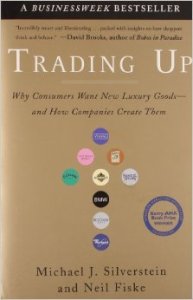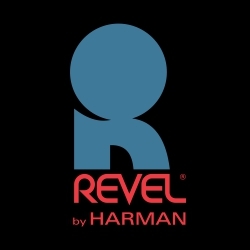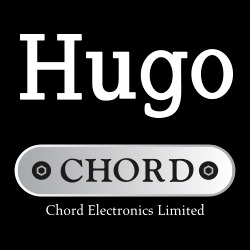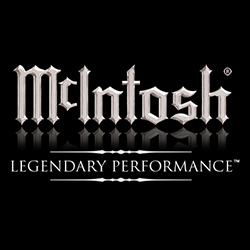Still don’t believe we have a serious problem on how high-end audio and home entertainment equipment is perceived? Then try this on for size:
From the Daily Mail, 1 Sept 2004, about a report on the alleged spending habits of Lord and Lady Black, formerly of the Daily Telegraph:
“The report, compiled after a year-long probe by the Hollinger-appointed committee, explains precisely how they funded their globe-trotting lifestyle. The Blacks charged the company for everything, including £80 ‘jogging attire’ for Lady Black and £1,100 on exercise equipment. Handbags added £1,400 and a leather briefcase £1,050. Opera tickets costing £1,550 and £460 for stereo equipment for their New York apartment also went on the company.”
Forget the handbags or the exercise equipment for a moment and think about the penultimate item: opera tickets for £1,550. Whatever you or I may think about the erstwhile newspaper magnate and his wife, surely anyone spending £1.5k on opera tickets must love music, right? And yet there’s the heart-breaking punch-line, the very indictment that tells you what a f****** shambles this industry is: out of an alleged couple of hundred million pounds expenses, the Blacks shelled out a risible “£460 for stereo equipment for their New York apartment.” Read that slowly: four hundred and sixty pounds. Which is probably less than they spent on bath towels.
What’s so tragic is that here we have a flamboyant couple not afraid to spend it large, and they are probably typical of other mega-millionaire/billionaire types. I’m not having a go at the Blacks, and I’m sure an itemization of the possessions any of their financial peers – from Prince Charles to that Russian who bought Chelsea – would read pretty much the same when it came to hi-fi. I know for a fact of a famous stately home with a multi-room set-up made up of speakers that cost around £150 per pair, and a townhouse on the Thames with a pair of £295 speakers in the main room. But they’re not the stupid c**** in this scenario: we are.
So now you’re thinking, Kessler has banged on about this for four months. When’s he gonna put up or shut up? All this hot air about what a bunch of morons we are, and not one word about a solution. So here’s Step 1, for all of you, from the cretin of a retailer who told me his shops would bear comparison to a Mercedes dealer, to the manufacturers too afraid to admit that they’re clueless:
Go to amazon.co.uk. Order a book called Trading Up: The New American Luxury by American marketing consultants Michael Silverstein and Neil Fiske. It will set you back £13.54 plus postage. Make a coffee, sit down, and read every word of it. I was told about it by a friend in the USA (furniture stores, not hi-fi), and then found out that it’s something of a bible amongst PR companies involved with luxury goods.
It explains the radical transition in spending habits over the past 20 years or so, and how people from all walks of life are buying goods that, in previous times, would not even have been aware of, let alone aspired to own. It’s about people allocating their funds for luxury items, from small purchases, say, an imported beer or superior shampoo, but costing double their regular choice, to seemingly absurd items like $10,000-plus cookers.
It isn’t speculation, but the results of decent-sized surveys, analysed with care. Specific cases of recent success stories are cited, such as Callaway golf clubs and Victoria’s Secret lingerie. For comparison, there’s even a cautionary tale of a seemingly impregnable, blue-chip brand that simply lost it.
One caveat: although the book is about American consumers, don’t let that deter you. The majority of the brands have the same cachet here, e.g. BMW, and UK consumers share many of the same spending patterns as their US counterparts, if on a smaller scale. For Victoria’s Secret, think La Perla. For Coors, think Stella Artois.
For the most part, this book should act as a basic education about upscale consumers in the 21st Century, as well as those with limited funds but discretionary spending habits – the ones who will scrimp in one area to indulge in another. But there’s also one very depressing conclusion you will reach after finishing this book, something that confirms everything I’ve said about our industry.
You have two qualified authors working in the most important market in the world. They deal with the ‘high-end’ of everything from beer to cars to knickers to cookers to wine. In general terms, they know their stuff, but when it comes to specific brands and market leaders in prestige, well, they’re not going to dazzle the editor of the FT’s How To Spend It. But I will be amazed if you don’t finish the book with a broken heart because of one shocking realisation: the total allocation to consumer electronics in its 316 pages amounts to three brief mentions each of two brands. Yup: Bose and Sony.
No B&W. No Linn. No Krell. No McIntosh. Not even the most famous of all: Mark Levinson. Now, who among you dares to tell me that this industry isn’t farcical?
(Inside Hi-Fi, October 2004)























